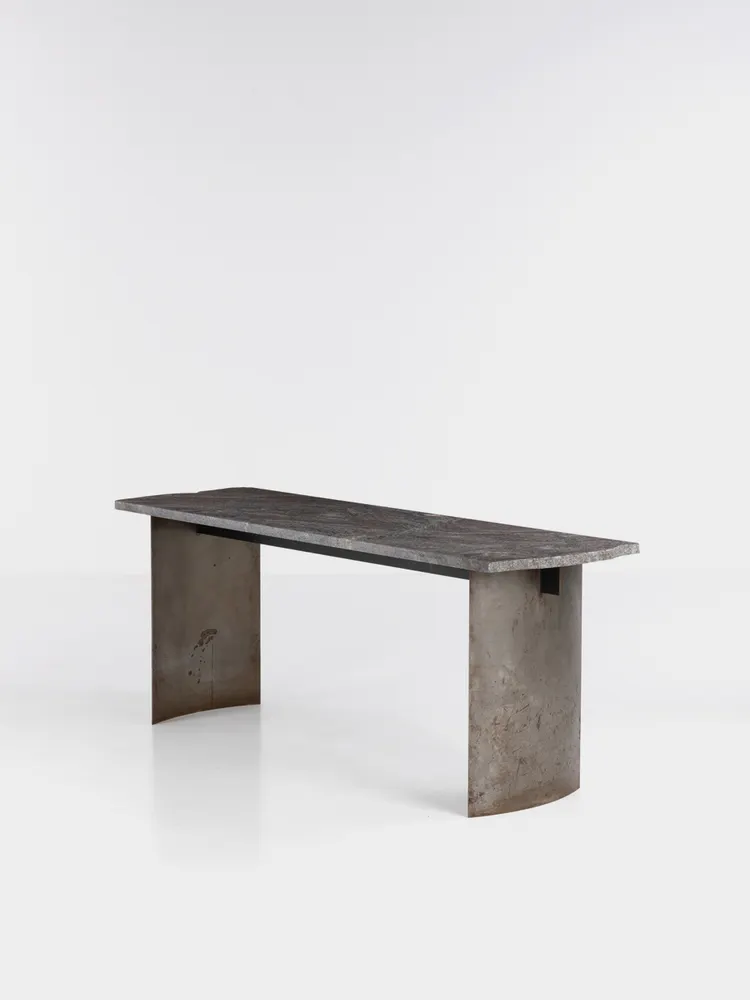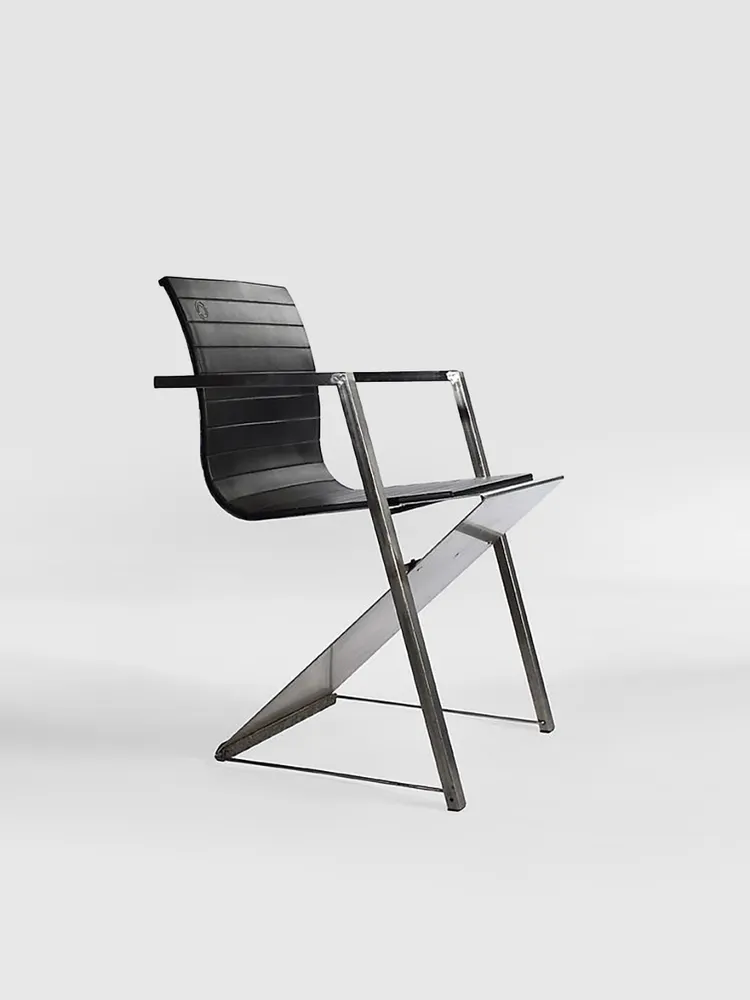Popular searches:
German 'Neues Deutsches Design'
Description: Neues Deutsches Design (New German Design) was a direct attack on the mainstream aesthetics of the 1980s. These designers chose to be bold, humorous and sometimes deliberately ugly. Rejecting the sleek minimalism that had come to dominate post-war design, they embraced cheap materials and a brutalist clash of form and function.Absolutely central to Neues Deutsches Design was a rejection of the idea that design should be purely functional or adhere to rigid notions of 'good taste'. Unsurprisingly, members of groups such as Pentagon and Kunstflug were heavily influenced by the punk 'do-it-yourself' culture of the period. Their furniture and mobiles often took industrial materials such as raw plywood, rusting steel pipes and exposed wiring and turned them into objects of ironic beauty. The shapes were jagged, asymmetrical, sometimes seemingly unfinished. The emphasis was on the expressive power of the piece, not its ability to fit seamlessly into a polished interior.Colour was another important factor in Neues Deutsches Design. Gone were the soft tones of earlier Minimalism, replaced by intense clashes of primary colours, wild neon hues and deliberately rough painted surfaces. The idea was to shock the viewer, to provoke a reaction, to make a statement.Pattern and texture were also key elements in the toolbox of Neues Deutsches Design. Memphis-style geometric patterns were freely mixed with roughly drawn figures or faux wood grain laminate. Surfaces were not always smooth, shiny and perfect: they could be rough, textured - in this generation, when that became something that was deliberately done. The result is a cheeky chaos, a visual encapsulation of the culture that produced this attitude.Humour and irony were present in the work of the Neues Deutsches Design. A chair might have legs of varying lengths, forcing the user to rethink what furniture should be. A lamp might be made from scrap metal, its bare wiring and random shape challenging traditional notions of luxury. Design with a sneering eye, a raised eyebrow at the serious, often elitist world of high design.Although initially an underground movement, Neues Deutsches Design quickly spread its influence. Commercial brands began to adopt some of the movement's more marketable features - bold colours and playful shapes - and it paved the way for an experimental approach to design. Designers were willing to try new ideas, not knowing what they would produce next month.You can see traces of Neues Deutsches Design in the work of contemporary designers who are not afraid to push boundaries, use materials in unexpected ways and bring a good dose of laughter to their work. It's a reminder that design doesn't have to be polite or conformist. It can be loud, mocking and a lot of fun. More importantly, it taught us that great design can make us reassess our assumptions and even change our relationship with the things around us.


